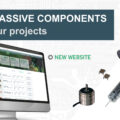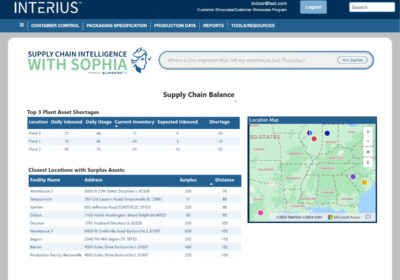Whether you’re trying to protect hearing health at your workplace or need it for personal use, choosing the right sound meter is essential. You need to consider the purpose of the sound meter and ensure it fits the noise environment.
In addition, even the best decibel meter for professional sound engineering may not be the most suitable for construction or monitoring noise at concert venues. Other than the purpose of the meter, accuracy, data logging, and durability are also important considerations. In this guide, we will look at these factors and more to help pick the best sound level meter for your needs.

What’s the Purpose of Your SLM?
Why do you need the sound level meter in the first place? Are you measuring noise levels in an entertainment venue or need it for personal or environmental monitoring? If you’re using it to ensure compliance with noise regulations, pick one that meets the required standards for accuracy.
You may also need a meter that can record data over time to measure urban noise pollution levels. A sound meter for environmental monitoring will also need to be more durable than one for sound engineering. Since each purpose may require specific features, this can help you narrow your choices.
Do You Need a Class 1 or Class 2 Sound Meter?
This will depend on the precision you’re aiming for. If you want better accuracy, a Class 1 meter is more suitable. It’s more precise and perfect for measuring environmental noise. On the other hand, Class 2 meters are used in industrial settings and most workplace noise assessments. They are also more affordable and ideal if you don’t need lab-level precision. However, investing in a Class 1 meter might be necessary if your work involves strict safety compliance standards.
What Features Do You Need?
Besides the broad class and class 2 classification, sound meters have different and sometimes unique features that may influence your choice. Here are some key features to look out for.
Frequency Weighting
Picking the wrong frequency weighting can invalidate your results. The “A” frequency weighting is adjusted to account for the noise sensitivity of the human ear. It’s the most common and is suitable for most general applications.
If you’re using your SLM in an industrial setting, the “C” weighting is more appropriate. It measures the effect of low-frequency sound on the human ear at high noise levels. The “Z” weighting is a flat response unweighted across all frequencies.
Range and Resolution
Also, ensure the meter covers the decibel range you need and provides enough resolution for the level of detail you want. Most meters range from around 30 dB to 130 dB, which covers most environments, but some may require higher or lower ranges.
Data Logging and Connectivity
Meters with data logging capabilities can record sound levels over time for ongoing noise monitoring. Choosing a Bluetooth-enabled meter or one with USB connectivity makes it easy to transfer data to your computer for analysis.
Durability
You’ll need a durable decibel meter for monitoring the outdoor environment or in industries like mining, where conditions may be dusty and damp. Opt for one that can withstand hot temperatures, high humidity, and dust. In addition to weatherproof housing, ensure its build is robust enough to survive frequent physical impacts.
Budget Accordingly
While quality and performance should be your first considerations, you can’t discard cost. Compare the different models and brands to find one that offers the features and performance you need without exceeding your budget.
For personal or non-professional use, a mid-range Class 2 meter with essential features should suffice, but investing in a higher-end Class 1 meter might be necessary for industrial or compliance-related applications.
Also, opting for a sound level meter with crucial accessories like tripods, windscreens, or a carrying case can give you more value.






